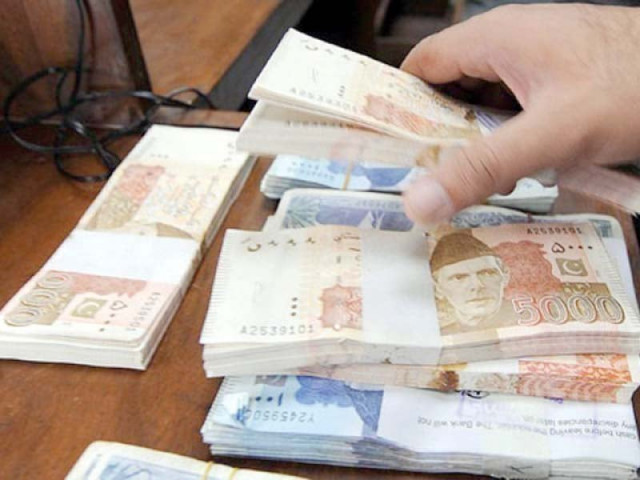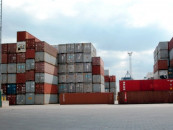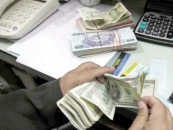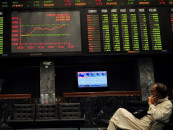Private sector lending hits 11-year low
Advances shrink 16.4% in H1CY25, ADR drops to 35.3%, banks turn to govt securities, raising growth concerns

Pakistan's banking sector witnessed a sharp contraction in lending to the private sector during the first half of 2025, as advances fell by over 15%, driving the Advances-to-Deposit Ratio (ADR) to its lowest level in more than a decade and raising concerns over weakening private sector credit and long-term economic growth.
Although the banking sector managed to post steady profitability in the first half of 2025, the industry continues to grapple with multiple challenges, according to the State Bank of Pakistan's (SBP) mid-year review.
A major concern is the sharp contraction in advances, which fell 16.4% in H1CY25, pushing the ADR down to 35.3%. Its lowest level since June 2014.
While deposits surged by 17.7%, asset growth was largely driven by investments in government securities, underscoring the crowding-out of private credit.
This sharp pullback in ADR not only reflects weak credit demand but also signals a cautious approach by banks, limiting investment and activity in key industries. As a result, the ADR dropped to its lowest level since 2014, showing a growing preference among banks to invest in government securities rather than extend credit to businesses.
The contraction also pushed up the gross non-performing loans ratio, despite an actual decline in the stock of bad loans, as the smaller loan book distorted the ratio. The reduced flow of financing to sectors such as textiles, energy, and services has left companies more reliant on internal cash flows, potentially slowing investment, industrial activity, and job creation. At the same time, banks' increased reliance on government securities, which grew by 25.8% in H1CY25, points to a structural shift in the banking model – one that favours short-term returns but limits the sector's contribution to long-term economic growth.
Asset quality indicators also reflected strain, as the gross non-performing loans (NPL) ratio climbed to 7.4% by June 2025 from 6.3% in December 2024, mainly due to contraction in the loan book. Although provisioning levels improved, the uptick in infection ratios highlights vulnerabilities in credit growth.
On the earnings side, banks benefited from lower interest expenses following policy rate cuts. Banks paid 54.5% in taxation as pre-tax profit – the highest share in recent years.
Rising fiscal pressures have intensified reliance on banking profits to meet revenue needs.
The SBP's Systemic Risk Survey further flagged geopolitical tensions, foreign exchange risks, and cyber security threats as top systemic risks. Meanwhile, natural disasters and climate change were highlighted as longer-term risks that could weaken repayment capacity, particularly in the agriculture sector. Market volatility also posed challenges, with the equity market experiencing bouts of instability amid US trade tariff policies and regional tensions.
Despite these headwinds, SBP stress tests suggest that banks remain adequately capitalised, with the Capital Adequacy Ratio (CAR) at 21.4%, well above the regulatory benchmark.






















COMMENTS (1)
Comments are moderated and generally will be posted if they are on-topic and not abusive.
For more information, please see our Comments FAQ